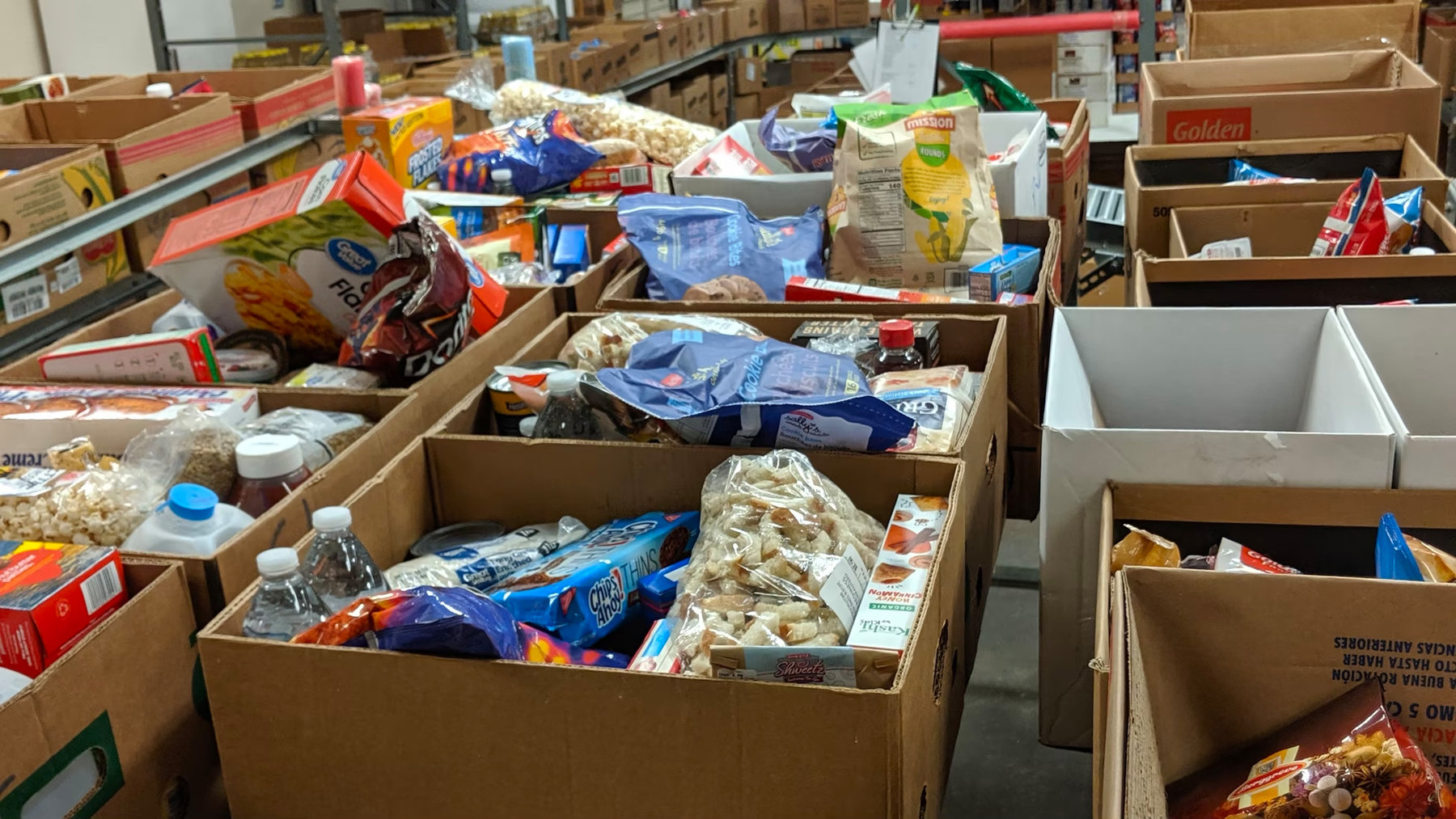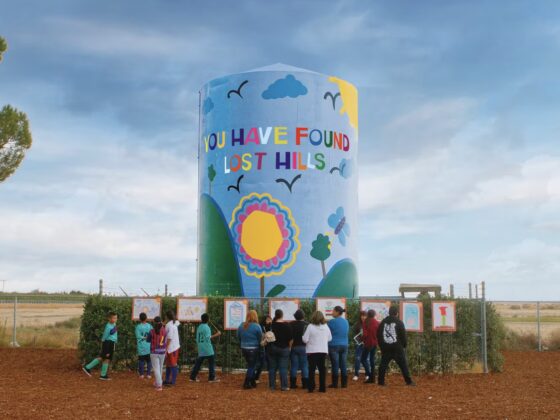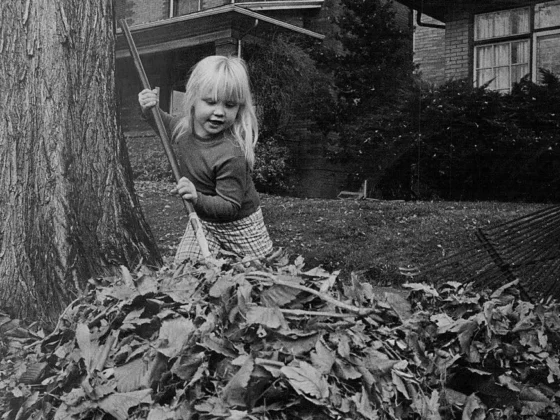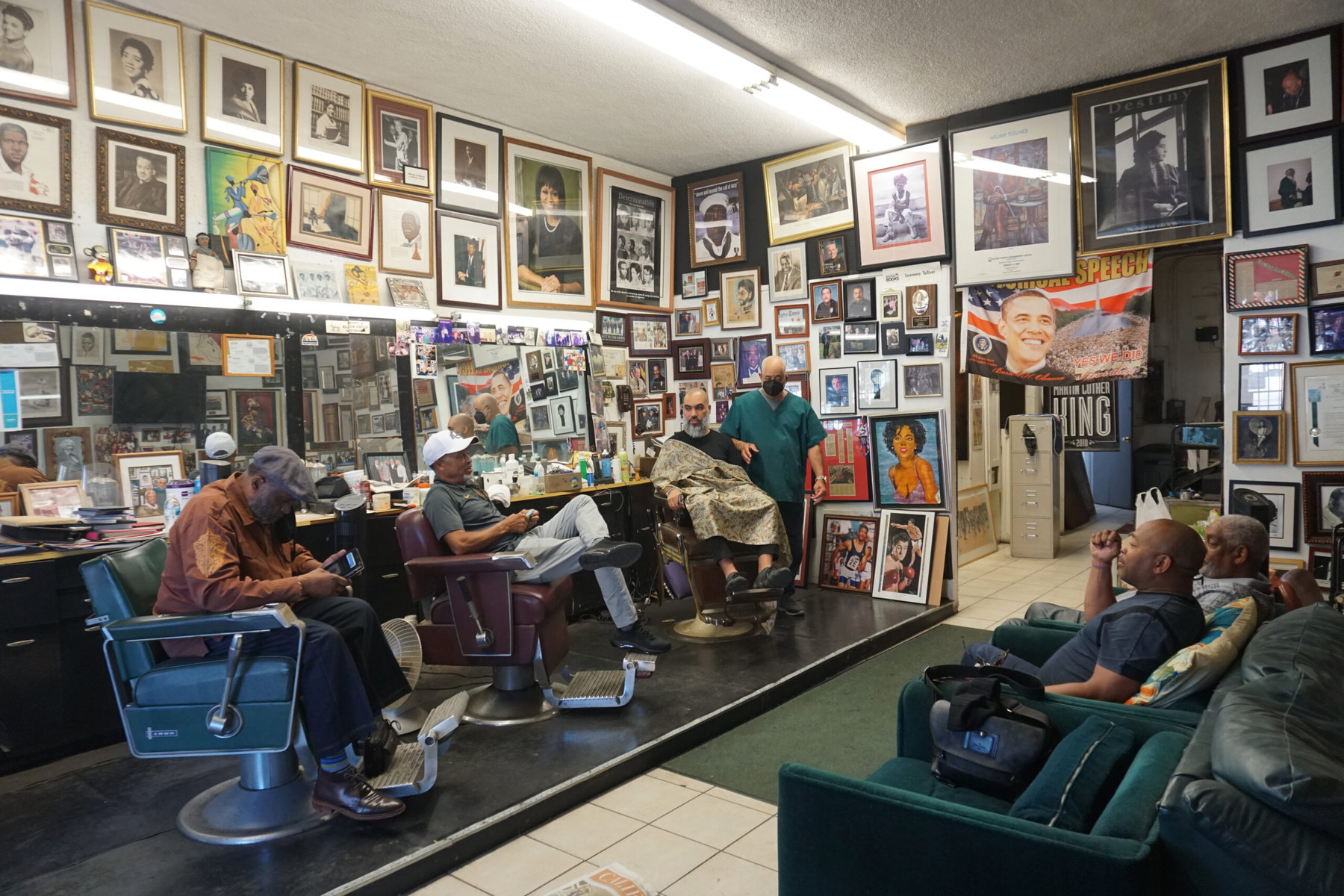We began the first morning of our recent visit to Danville, Virginia, at an early-bird breakfast with the Rotary Club, where my husband, Jim, and I heard several personal hopes, celebrations, and notes of gratitude from its members, as they pitched bills into the Happy Dollars bucket. One Happy Dollar for good wishes to a son about to deploy with the military; another for a granddaughter, a rainbow baby (Google that), who had made it to her first birthday; two for the boys whom the mom had hauled out of bed to come to the breakfast on their first day of summer vacation.
After breakfast, we gratefully followed one of the Rotarians to Gatewood Auto and Truck Repair to see Gary, whom we heard was very good and always fair, hoping he could fix the passenger window of our 19-year-old Audi, which was suddenly stuck open. Gary fixed the window, a repair that soon seemed minor compared with the day’s second auto surprise, when the bottom shell fell off the underside of the car, right onto the street. (I learned that the official term for this part was the “belly pan.”) Thank God for the networks of small towns, I thought, and for Gary Gatewood, and the friendly folks at Mr. Tire, who repaired that belly-pan issue.
I continued a quarter-mile down the road to see Karen Harris, the executive director of God’s Storehouse, a food pantry serving low-income people along this southernmost border where Virginia meets North Carolina. On top of their other problems, rural areas that have lost industries and suffered long-term economic decline, like this part of Piedmont Virginia and North Carolina, often have high rates of obesity, diabetes, and other nutrition-related disorders. God’s Storehouse illustrates one response. During our travels around the country, we have seen groups in many regions coming together to use strength in numbers to imagine ideas and create effective action around health, economic development, education, the arts, and many other areas.
God’s Storehouse is part of the expansive Health Collaborative of the Dan River Region. It includes some 50 member organizations and 90 individuals, who approach the health and well-being of its residents to include not only healthy eating, but also access to health care, an active lifestyle, and inviting places to live, work, and play.
God’s Storehouse opened in 1987, a collaborative effort of many faith communities around Danville and surrounding Pittsylvania County. Pooling resources, they figured, would be a win for all.
It was barely 9:00 a.m. by the time of my visit, and the doors were not yet officially open. But the staff and volunteers were already busy putting out fires (figuratively) and preparing boxes of food for the day’s distribution.
Harris’s phones rang, and people popped in and out. One call was particularly time sensitive. A regular volunteer who ran the pickup routes from some of the several local grocery stores that donated to God’s Storehouse was ill and couldn’t make that day’s run. Harris was in search of a replacement—in a hurry—to transport especially the perishables to their warehouse. She scored an easy win. Her first caller would do the job, not only today but until the regular driver could return to duty.
The pantry bustles, serving well over 5,000 households, with 23,000 boxes of food a month. That translates into more than 750,000 pounds of food moved.
Recipients meet one of various criteria. Some are easy to identify, those who already receive benefits through federal or state assistance programs like SNAP (the Supplemental Nutrition Assistance Program), Medicaid, or SSI (Supplemental Security Income). Others qualify by various other standards, including proof of income.
I waited a few minutes in the reception area, which was set up like most hospital or DMV spaces I had visited, with a general check-in desk, open seating, and small, semi-protected cubbies, where people can talk privately with staff.
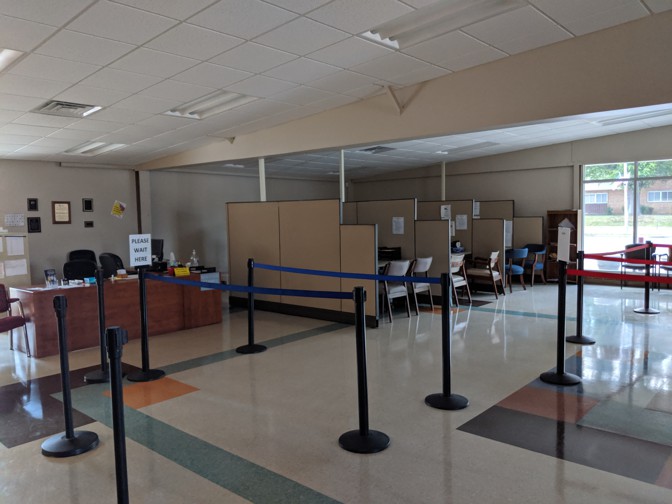
The clients, Harris said, included each and every kind of person you might imagine: the elderly, poor, single-parent families, recently laid off, those looking for work. Danville’s statistics (from the 2017 Regional Report Card compiled with 2016 data by the Danville Regional Fund) on all of the above bear witness to the need. Some 24 percent live at poverty level, (11 percent in Virginia overall); 20 percent are older than 65, (14 percent in Virginia); 60 percent of children live in single-parent households (30 percent in Virginia); and the unemployment rate is almost 9 percent (5 percent in Virginia overall). Also from the report, the 2016 median income in Danville was $33,600, compared with $65,015 in Virginia.
Harris told me a few stories that brought some of these statistics to life: those who would drop by to say that they had found a job, and wouldn’t need to come by anymore; the numbers of working poor who worried in anticipation of possibly losing their jobs during the government shutdown of early 2017. On shifting demographics, Harris told me that during her seven years at God’s Storehouse, she had noticed an uptick in the elderly.
“One day I would like to be out of business,” Harris said, “But I don’t think that is going to happen.”
The back warehouse was buzzing as volunteers organized, sorted, and boxed the donations. Some of the contents were predictable, like the USDA allotments destined for red boxes, for those on official government assistance. I saw pallets of canned goods. According to the Emergency Food Assistance Program website, the kinds of food distributed also include boxed cereals, beans, dried and long-life milk, rice, grits, oats, canned meat and fish, and on and on.
Some of the food was in blue boxes. These, I learned, were for recipients without the official government designations.
The food at God’s Storehouse included local donations, which came from stores, farmers, markets, individuals with gardens, restaurants, and food purchased by God’s Storehouse, all of which could be more fresh, seasonal, and varied. I peered into boxes with popcorn, bread, cookies, Little Debbie snacks, chips, fruit, tomatoes, greens, peanut butter, mac and cheese, rice, beans, and so much more. Bigger households got more goods in their boxes.
I had seen a similar pantry operation, also with a faith-based origin, several years ago in western Kansas. Then I accompanied Sister Janice of the Dominican Order of Peace, on her food delivery rounds in the meat-packing community of Garden City. The scale of operation I saw in Danville was much bigger than what I had seen in Kansas. In Garden City, we went first to the small food pantry, loaded a half dozen boxes into Sister Janice’s car, and made the rounds to homes in the trailer parks and modest neighborhoods with mainly Latino residents. The deliveries were a convenience to the recipients but they came with concerns. Sister Janice worried about leaving the boxes on the steps of trailers in the blistering Kansas heat, hoping someone would arrive home to take the perishable goods inside before they spoiled.
God’s Storehouse couldn’t support a delivery system, and getting the boxes into the hands that needed them could be challenging. Lucky recipients lived in nearby affordable housing. Others lived far away—as much as a 2-hour bus ride. Some arrived with friends with cars. Others drove themselves if they had enough gas money. Some could afford gas for the trip only once a month, Harris told me. Taxies and Uber were out of the question.
God’s Storehouse collaborated with many organizations around town. The Malcolm Huckabee Backpacks Program stuffed backpacks with a weekend’s worth of food for 400 Danville elementary school children to take home on Fridays. (Nearly 75 percent of students in Danville public elementary schools qualify for free or reduced lunch. The Regional Report Card says 37 percent of children in Danville lived in poverty in 2016, compared with 16 percent in Virginia overall.) The Virginia Cooperative Extension was holding a cooking class on site the day I visited. Their classes covered not only cooking, but also nutrition, budgeting, and healthy eating.
God’s Storehouse also connects its clientele to information and resources related to their needs, like affordable transportation and cancer prevention and treatments.
Among God’s Storehouse partners with the more colorful names are God’s Pit Crew, a crisis response team, and Hunters for the Hungry, a Virginia nonprofit, which donates venison.
Abutting God’s Storehouse is the new Urban Farm, staffed when I visited by a young AmeriCorps VISTA volunteer named Morgan Zulinke. Morgan was newly arrived in Danville, straight out of Appalachian State University. She had just finished a week shadowing her VISTA predecessor, who had managed to turn this hardscrabble lot into one with promise of an agricultural future. He secured the large lot with a chain link fence, built a dozen or so raised garden beds, erected a domed, plastic-covered hothouse, built a small shed, and planted a few crops.
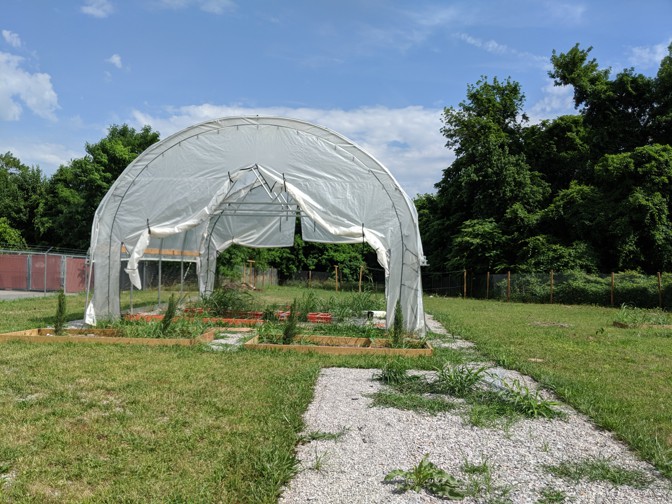
Morgan had her hands full figuring out how to sustain what had been accomplished and how to push forward. The natural soil was poor quality, so tough that she quickly dismissed the idea of even tilling it. Her shortlist was critical: She needed more dirt, mulch, and more helping hands for more raised beds. What had us both worried, looking at the forlorn sunflowers slumping heavily in the sun and parched earth, was simply water. The big barrel built to capture runoff from the roof of the small equipment shed hadn’t been very effective. There was only this much water, she gestured, suggesting about six inches worth of water in a three- or four-foot-tall barrel. Morgan had hooked up a hose to God’s Storehouse next door before, but she felt it wasn’t fair to tax their resources with big water bills.
We peered at the skies, willing the clouds to head this direction for even a shower. I kept looking upward the rest of the day. Later, as we headed out for the evening, the skies opened up for a downpour. I didn’t mind a bit. Gary Gatewood had gotten our car window closed, and the rain would at least buy some time for Morgan and her urban garden.

